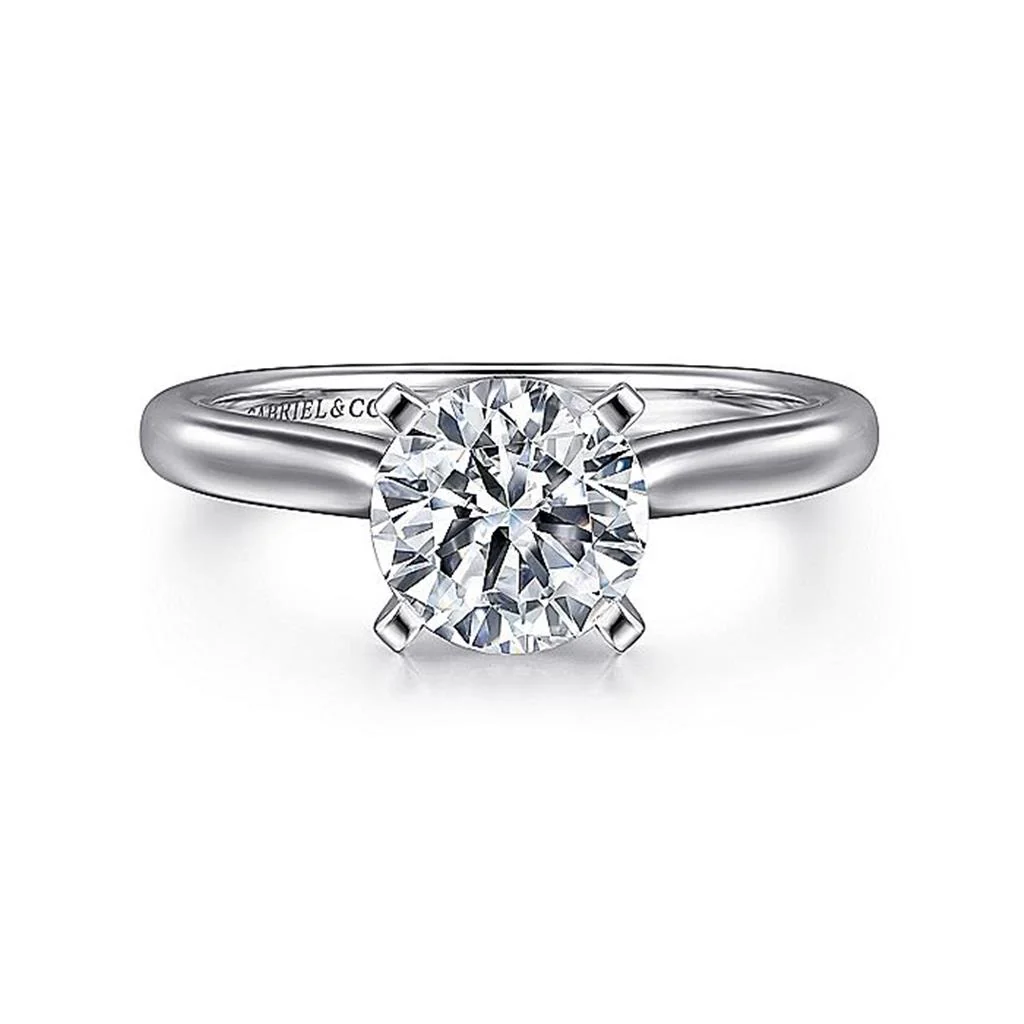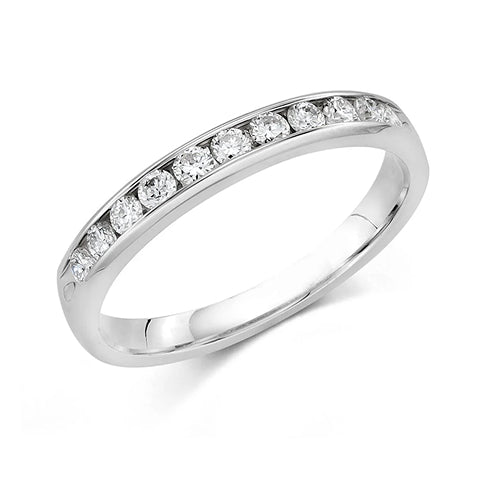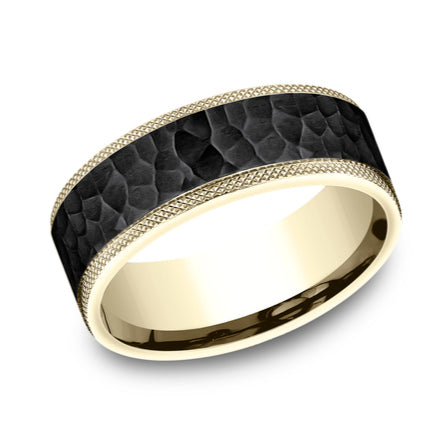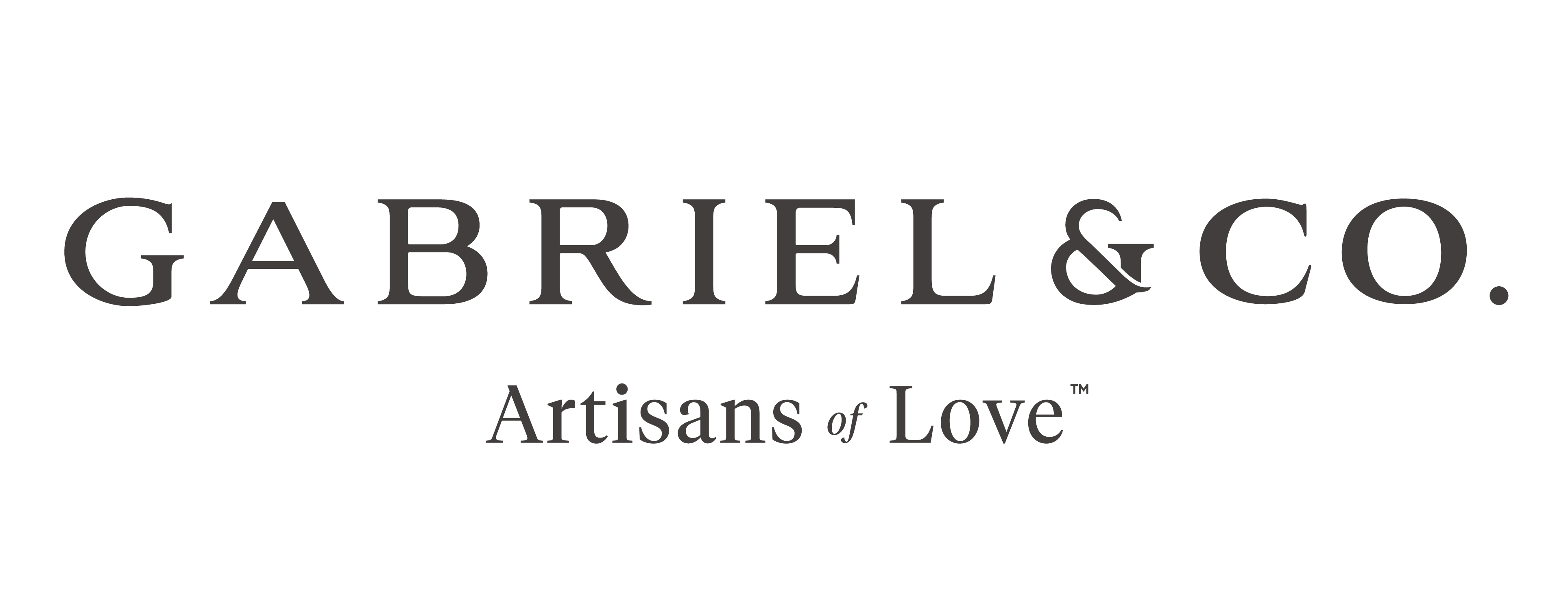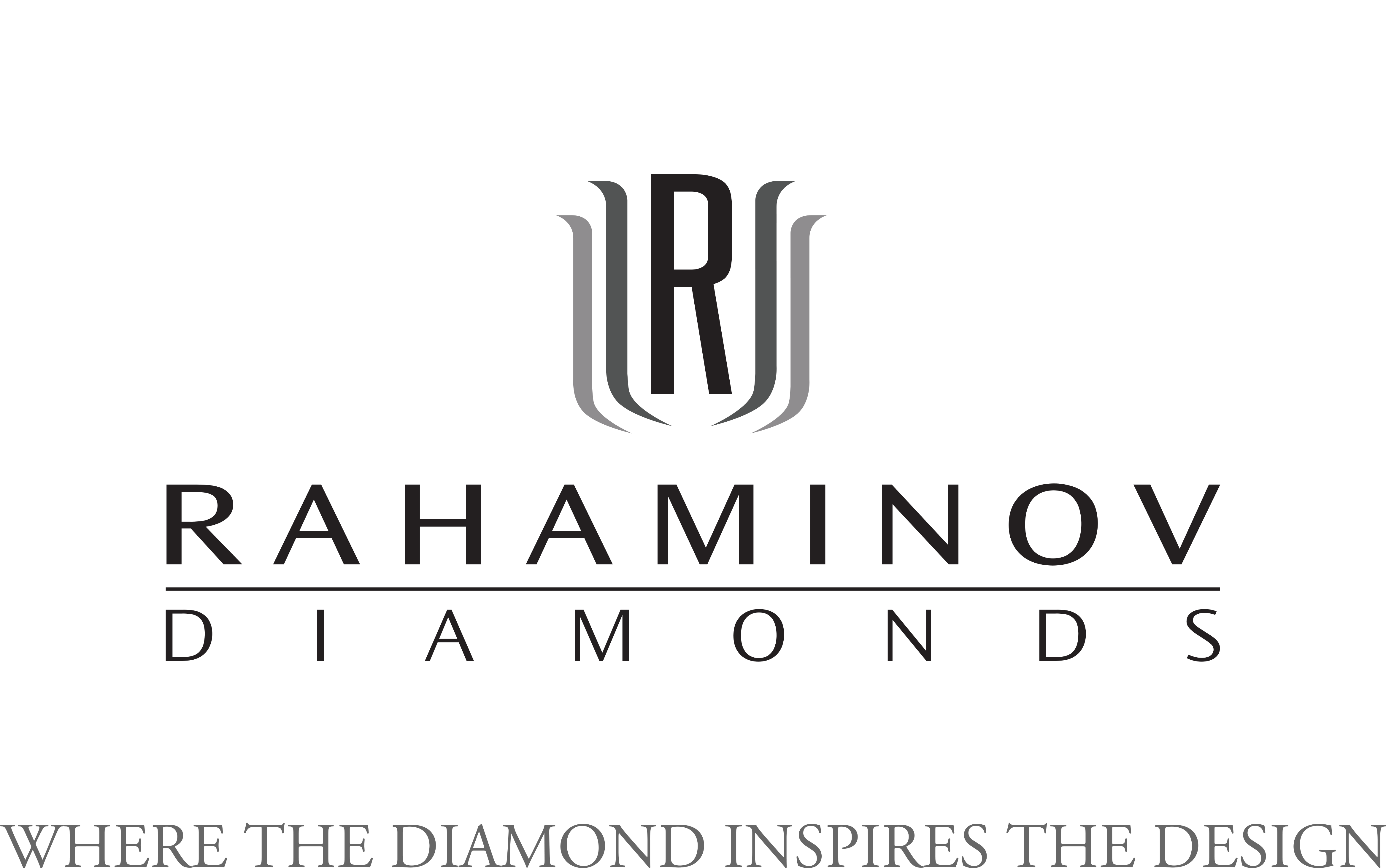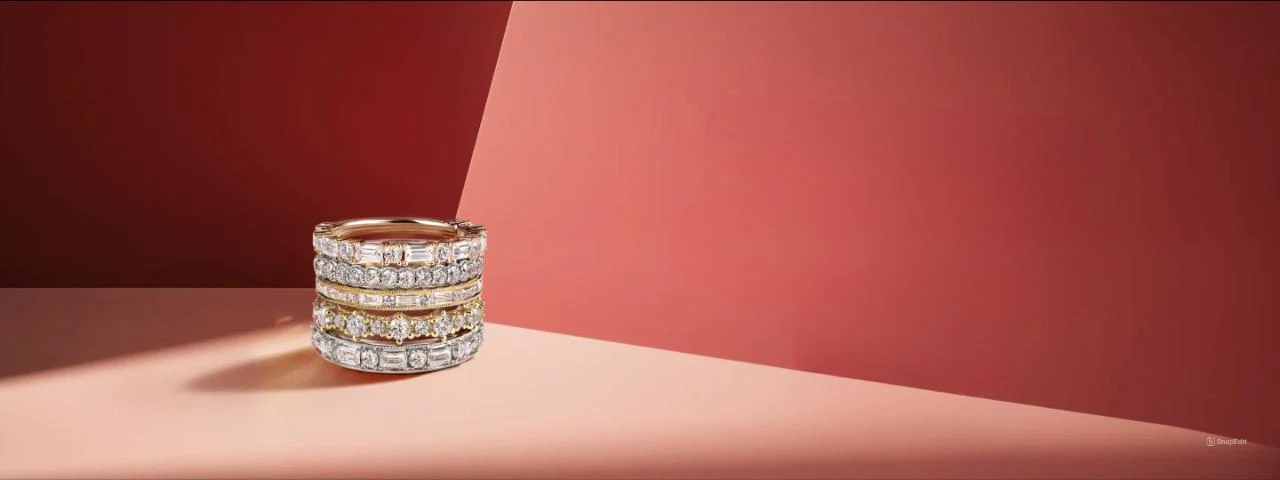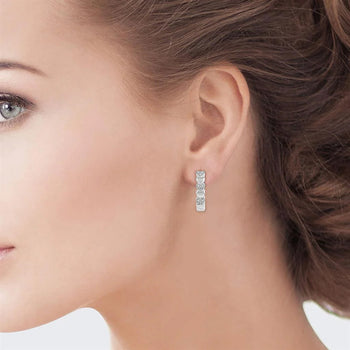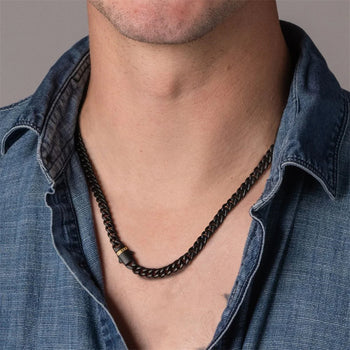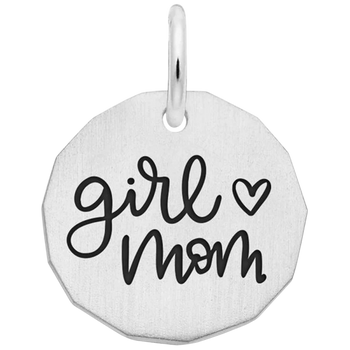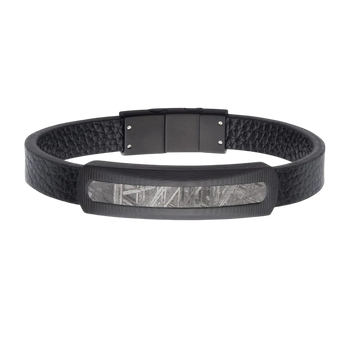
Unique Engagement Ring Ideas That Don't Only Showcase Diamonds
A diamond is often the centerpiece of an engagement ring. It represents one of the strongest natural substances. Given its durability and beauty, there’s no wonder a diamond symbolizes enduring love and commitment. Even the most unique engagement rings can showcase an exquisite diamond.
But does a sparkling diamond speak to your taste and style? Is the cost a little higher than you can budget for? What we’re hinting at is, you don’t have to settle for a diamond as your center stone. Kate Middleton didn’t, and neither did Halle Berry or Eva Longoria.
How Do I Choose a Diamond Alternative?
Choosing a stone is an important step in buying an engagement ring. Think about its durability and your day-to-day activities before deciding. For example, a pearl or amethyst is soft and not as resilient. Also, consider what you’re going to wear it with. Diamonds are generally clear and colorless. They go with anything. A bright, bold color may not go with certain outfits.
Ideas for Unique Engagement Rings
An alternative design for an engagement ring can feature diamonds but not put them on center stage, or not have a diamond at all. Here are some examples of unique engagement rings that can mean as much as the clearest and purest diamond you’ve ever seen:
- Halo Rings: A halo setting can place diamonds off to the side, surrounding a center stone of your choice. It can create floral accents, a shield-like pattern, or other designs or themes. Sapphires, emeralds, and rubies provide a great border for a diamond.
- Toi et Moi Rings: These represent a modern approach to engagement rings. Toi et Moi rings have two similarly sized center stones that can have different shapes or colors. Therefore, you can customize the ring in many ways. Better yet, they don’t have to be diamonds.
- Emerald: As mentioned before, emeralds can be mixed with diamonds. But you don’t have to include a diamond; the emerald stone can be the centerpiece. The highest quality stones are nearly transparent with medium color intensity. An emerald can last, but is a bit softer than a diamond (at around 7.5 on the Mohs Hardness Scale), so it should be worn and stored more carefully.
- Moissanite: While moissanite resembles a diamond, it’s a fraction of the cost. Its hardness is also nearly as high (at 9.25). The clarity and sparkle are irresistible for some. Plus, moissanite stones don’t lose their sparkle easily and are lab-created, making them more sustainable.
- Aquamarine: Light blue stones are subtle and fresh. They can be surrounded by diamonds, but be careful when storing them near jewels with diamonds or sapphires. Aquamarine has a 7.5 to 8 hardness rating. While relatively durable, it may require repolishing every few years.
- Ruby: Classic yet bold, rubies can be found in many different shades. They pair well with white and yellow metals. Plus, a ruby stone is quite durable. But it is costly compared to most other colored gems used for unique engagement rings. Deep red rubies are generally the highest quality.
- Morganite: A light pink tone contributes to Morganite’s femininity. Highly versatile, the stone can be worn with many types of outfits. It has a 7.5 hardness, like aquamarine. While delicate, it is suited for everyday wear.
- Sapphire: Sapphires are durable, elegant, and found in many shades. A sapphire stone is one of the hardest diamond alternatives, so there’s less upkeep and it suits just about any lifestyle. When shopping around, look for lots of sparkle. Many stones are heat-treated; if done without chemicals, this can improve color and clarity.
- Amethyst: A deep violet hue makes amethyst somewhat unconventional for an engagement ring. However, it costs much less than a diamond. With great care (recommended as amethyst has a hardness rating of 7), it can endure but is prone to damage if worn during rigorous activities or stored with harder stones.
- Salt and Pepper Diamonds: Just because your engagement ring features a diamond doesn’t mean it can’t be unique. Salt and pepper diamonds have black and white inclusions. Many types of inclusions can be present, so one diamond can be completely different than another. Coloration ranges from black to light gray, milky, or almost colorless; or, a diamond may have a red, orange, yellow, or green hue.
- Lab-Grown Diamonds: Lab-grown stones have the same chemical makeup and physical properties as real diamonds. They are also just as durable. A lower price point and the ability to customize the stone to your preferences make a lab-grown diamond unique. Color, carat weight, and other characteristics can be adapted during production, which can take up to a month.
Find Unique Engagement Rings at Jeweler’s Touch
We have many brands and styles of engagement rings at our physical store and in our online catalog. If you don’t find what you’re looking for, we can help custom design a ring for you. Continue browsing to learn more about ring sizing, settings, and gemstones. For more information or help shopping for a unique engagement ring, make an appointment online or call (714) 579-1616 today.

